There can be no better way to preserve and access the webpage content offline than saving it as a PDF. Direct printing might disrupt the formatting and sometimes even create text missing issues. So, to escape these issues, we suggest learning how to save a webpage as a PDF on Mac with this straightforward guide. Let's dive in to begin exploring!
How to Save Webpages as PDFs on Mac from Safari?
Follow the instructions below to learn how to save a webpage as a PDF on Mac from Safari:
- Step 1: Go to the webpage you want to save as PDF.
- Step 2: Navigate to the "File" and hit "Print". You can also use the print shortcut, i.e., Command + Print.

- Step 3: Move your pointer to the lower left corner of the following Print window and choose PDF from the drop-down menu.
- Step 4: Choose "Save as PDF", select the destination where you want to save the file, enter the file name, and choose "Print".

You can use this method to save webpages as PDFs on Mac on most browsers; almost all of the renowned ones support the printing feature.
How to Save Webpages as PDFs on Mac from Chrome?
This guide is for you if you want to learn how to save webpages as PDFs on Mac Chrome.
- Step 1: Launch Google Chrome and navigate to the webpage you want to save as PDF.
- Step 2: Once opened, hit the three lines icon on the top right corner and select Print from the options.

- Step 3: In the Print window, click the Change option under the Destination section.
- Step 4: Now, select "Save as PDF" from the Local Destinations.
- Step 5: Click on "Save" and choose the file name and destination.

Note: If you want to print a webpage as PDF on Mac, you will first need to save it by sticking to the guide mentioned above.
How to Edit the PDF after Saving from Webpage on Mac
Now that you have saved the webpage as PDF on Mac, let's learn how to edit it! Wait, how are you supposed to edit it? What platform are you going to use as Preview isn't equipped with those innovative necessary features? Hear us recommending UPDF for Mac! The software is indeed an all-in-one solution for all sorts of PDF processing-related tasks.
Windows • macOS • iOS • Android 100% secure
Its main features include editing images, text, and links, annotating, sharing, organizing, converting, reading, and more. Aside from these, it offers AI-inspired features due to its integration with ChatGPT. These features include translating, Summarizing, and Explaining. Just type in a command, and UPDF AI will do the job. You can also talk to your PDF with the UPDF Ask feature. Indeed, this software has loads of aspects to be unveiled.
Let's now have a look at different guides illustrating how to edit PDF after saving from a webpage on Mac with the one and only UPDF!
1. Edit the PDF on Mac
Editing PDFs is much easier with UPDF's smart features. It enables editing pre-added text, adding new text, edit images and links. You can perform any sort of editing action, including changing font size, style, color, rotating or crop image, replacing the already added link, adding a new link, and more. There are endless opportunities.
Hop on below to learn how to edit the text in a PDF on Mac after figuring out how to download a webpage as a PDF!
- Open the PDF you want to edit and go to the Editing mode by clicking the "Edit" icon in "Tools" on the left menu bar.
- Click on the text you want to edit, and a purple border line will appear, indicating the area you can work in.
- Now, modify the text as per your choice, cutting, adding, or replacing text, changing alignment or font parameters.
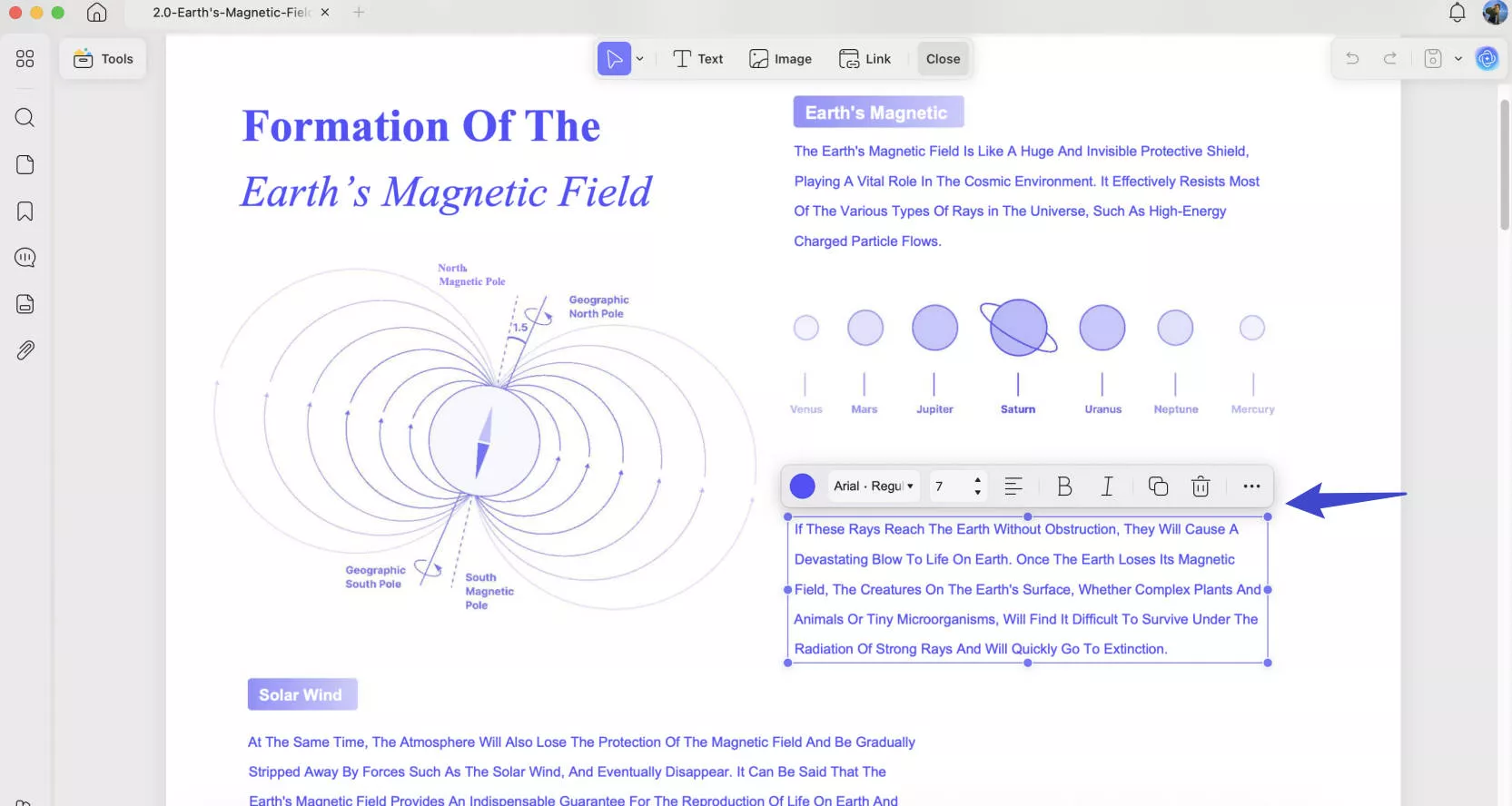
Tip: To edit the image, just right-click on it to reveal the toolbar and use it for your purpose, cropping, replacing, rotating, or extracting it.
2. Add Notes to the PDF on Mac
Besides editing, UPDF does support annotation. This feature enables users to share their thoughts in the form of comments, underlines, strikethroughs, add stickers or stamps, or more. Here is how you can do annotation:
- Step 1: Open PDF in UPDF and go to the Comment section by clicking the "Comment" icon in "Tools" on the left menu bar.
- Step 2: Now access the tools on the top toolbar to add comments, signatures, etc.
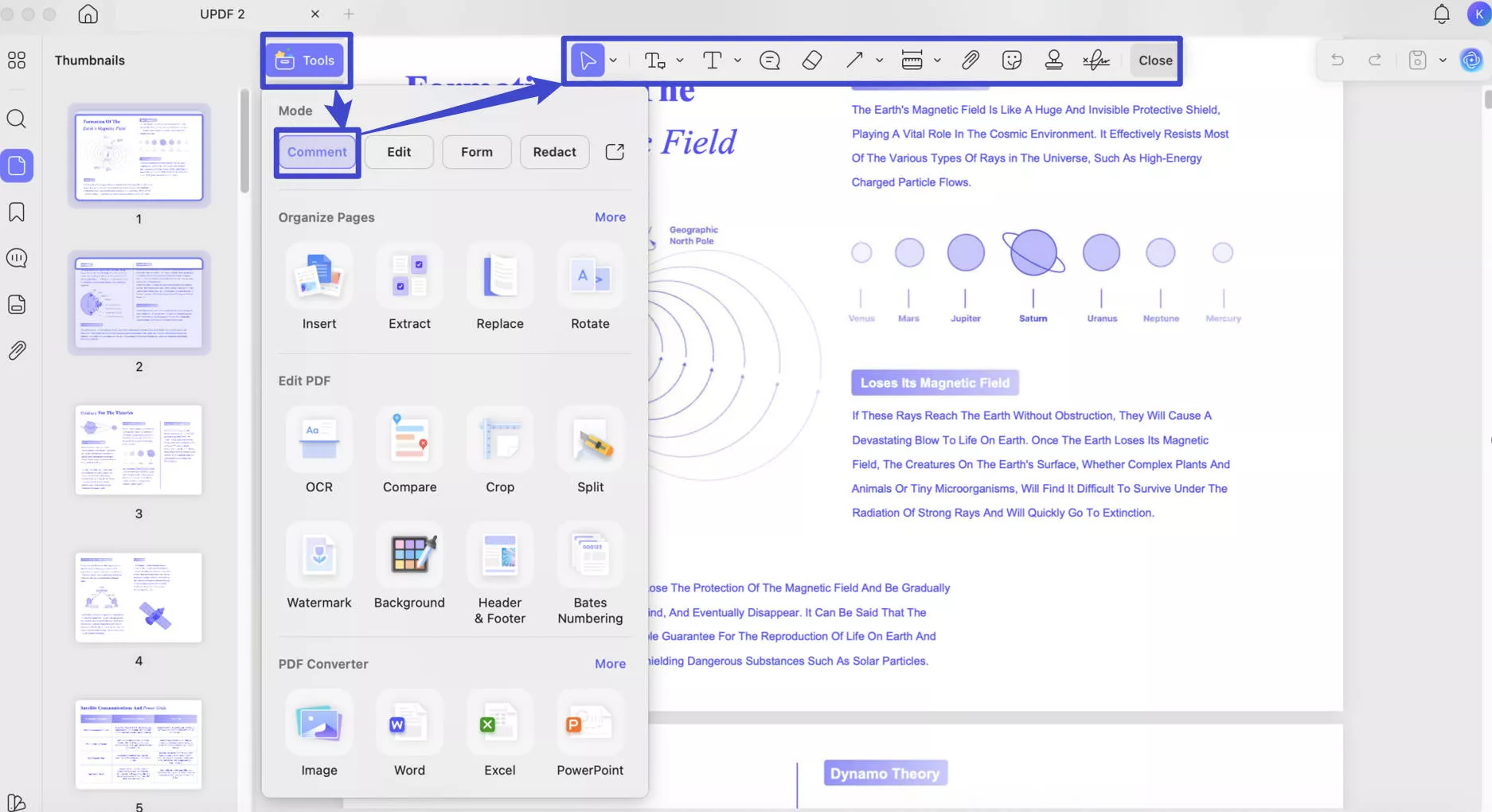
To add a comment, click the comment icon on the top toolbar. Hit anywhere where you want to add a comment note, type in what you want, and hit outside the box once done.
3. Save as PDF/A for Long-Archiving
If you want to preserve your PDF for the long term, you just need to save it as PDF/A. This ISO-standardized version ensures achieving info better than PDF by limiting features like front linking and encryption. However, here is how you can convert your PDF to PDF/A.
- Step 1: Open your PDF in UPDF.
- Step 2: Click the narrow next to "Save".
- Step 3: Select "Save as PDF/A", choose the destination, and hit "Save".
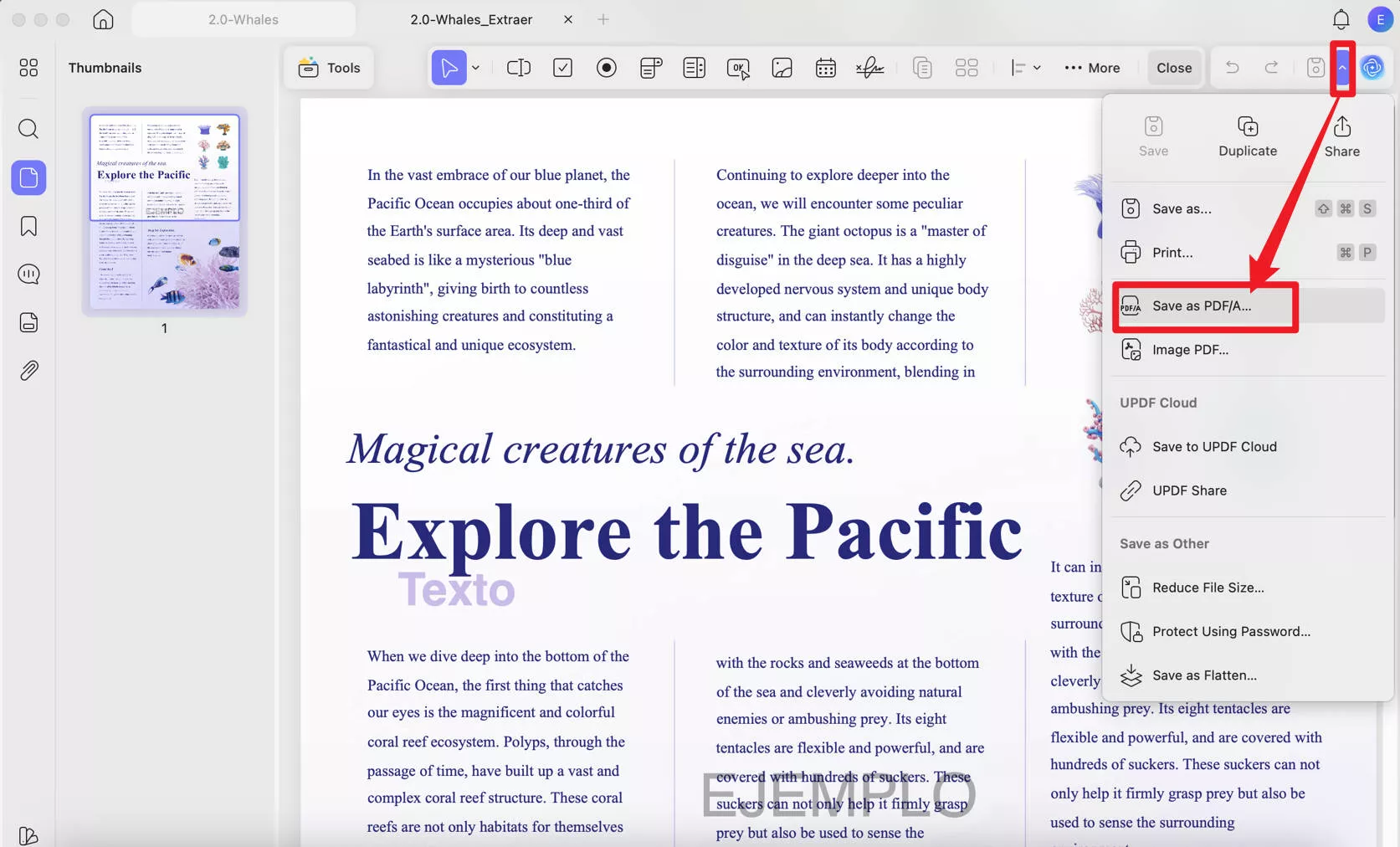
Windows • macOS • iOS • Android 100% secure
Why Do You Need to Download a Webpage as a PDF on Mac?
If you are wondering about scenarios when you might need to browse for how to save a webpage as PDF on Mac, we have listed them below!
- Getting Offline Access - Learning about Mac print webpage to PDF helps you get offline access to your desired web content for reference or reading when you don't have access to an internet connection.
- Ease of Sharing - We all know PDF file format is best for sharing information. So, converting a webpage to it will give you access to ease of sharing when retaining the format.
- Ensuring Data Privacy - The webpage you have converted into PDF might feature private information you want to preserve without relying on the web's server. This is another scenario when converting a webpage into PDF is beneficial, preserving the info on your local device.
- Better Alternative for Direct Printing - If your main concern is printing a webpage without disrupting its aesthetics and visuals, save it into the PDF first. It's because direct printing might not be reliable enough in terms of webpage visuals.
- Convenient Annotation - No doubt, you can save your webpage in other file formats too, but innovative PDF editors for Mac, like UPDF, make PDF editing and annotation much more fun and easier. This can prove handy when researching, studying, or collaborating.
- Preserving the Content - The webpage can get updated, altered, or deleted. Having them saved as PDFs will preserve content for future usage.
Wrapping It Up!
That was all about the multiple ways you can answer and learn how to save webpages as PDFs on Mac and edit them afterward. Hope you find this info worth reading; stay tuned for more straightforward how-to guides. Ensure to download and try UPDF's free trial; its ultimate feature will surely tempt you to acquire a license.
Windows • macOS • iOS • Android 100% secure
 UPDF
UPDF
 UPDF for Windows
UPDF for Windows UPDF for Mac
UPDF for Mac UPDF for iPhone/iPad
UPDF for iPhone/iPad UPDF for Android
UPDF for Android UPDF AI Online
UPDF AI Online UPDF Sign
UPDF Sign Edit PDF
Edit PDF Annotate PDF
Annotate PDF Create PDF
Create PDF PDF Form
PDF Form Edit links
Edit links Convert PDF
Convert PDF OCR
OCR PDF to Word
PDF to Word PDF to Image
PDF to Image PDF to Excel
PDF to Excel Organize PDF
Organize PDF Merge PDF
Merge PDF Split PDF
Split PDF Crop PDF
Crop PDF Rotate PDF
Rotate PDF Protect PDF
Protect PDF Sign PDF
Sign PDF Redact PDF
Redact PDF Sanitize PDF
Sanitize PDF Remove Security
Remove Security Read PDF
Read PDF UPDF Cloud
UPDF Cloud Compress PDF
Compress PDF Print PDF
Print PDF Batch Process
Batch Process About UPDF AI
About UPDF AI UPDF AI Solutions
UPDF AI Solutions AI User Guide
AI User Guide FAQ about UPDF AI
FAQ about UPDF AI Summarize PDF
Summarize PDF Translate PDF
Translate PDF Chat with PDF
Chat with PDF Chat with AI
Chat with AI Chat with image
Chat with image PDF to Mind Map
PDF to Mind Map Explain PDF
Explain PDF Scholar Research
Scholar Research Paper Search
Paper Search AI Proofreader
AI Proofreader AI Writer
AI Writer AI Homework Helper
AI Homework Helper AI Quiz Generator
AI Quiz Generator AI Math Solver
AI Math Solver PDF to Word
PDF to Word PDF to Excel
PDF to Excel PDF to PowerPoint
PDF to PowerPoint User Guide
User Guide UPDF Tricks
UPDF Tricks FAQs
FAQs UPDF Reviews
UPDF Reviews Download Center
Download Center Blog
Blog Newsroom
Newsroom Tech Spec
Tech Spec Updates
Updates UPDF vs. Adobe Acrobat
UPDF vs. Adobe Acrobat UPDF vs. Foxit
UPDF vs. Foxit UPDF vs. PDF Expert
UPDF vs. PDF Expert


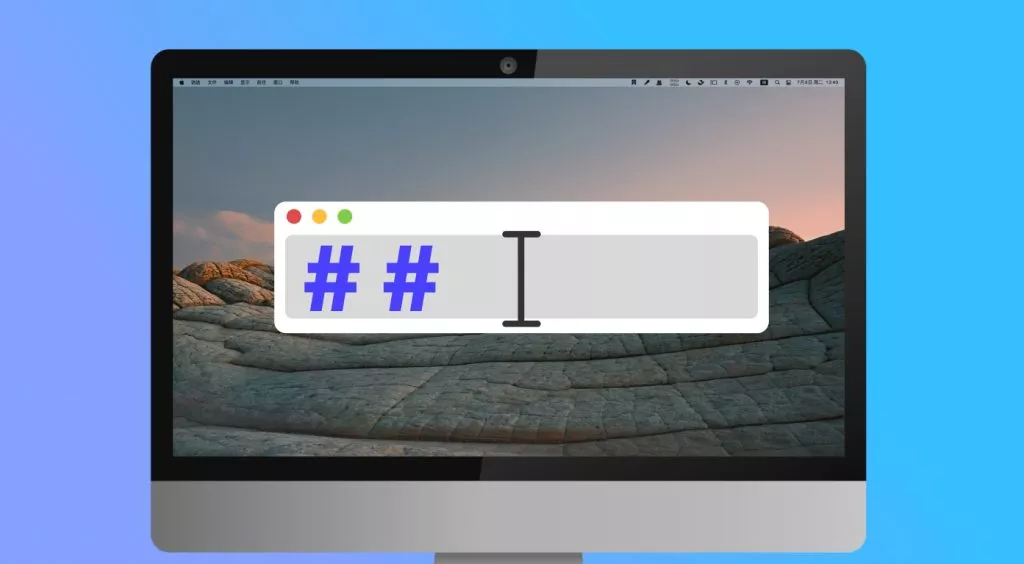



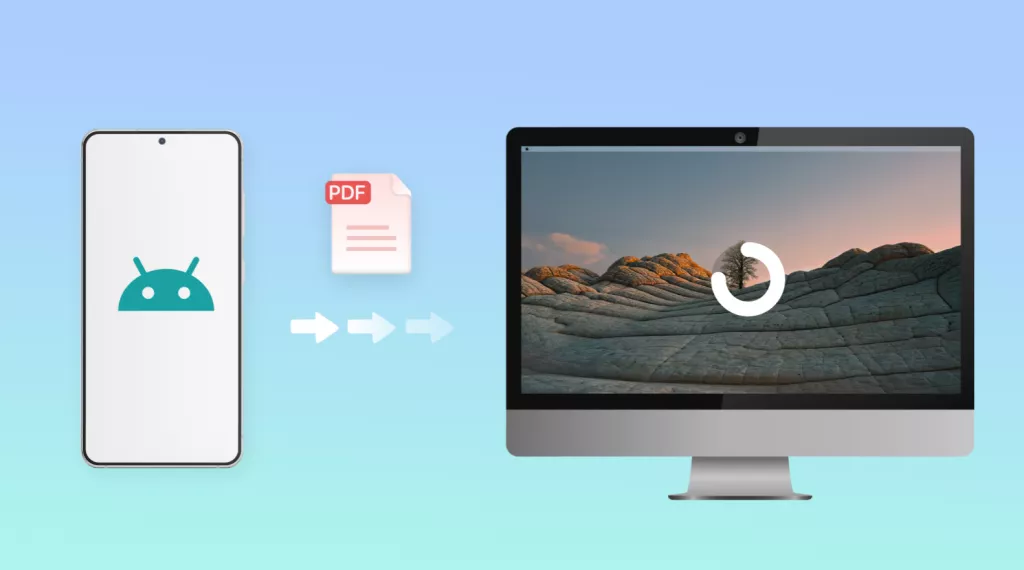

 Enrica Taylor
Enrica Taylor 

 Enid Brown
Enid Brown 
 Delia Meyer
Delia Meyer 
 Enya Moore
Enya Moore